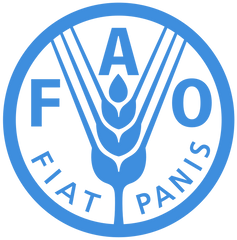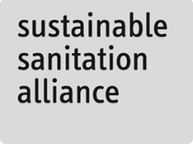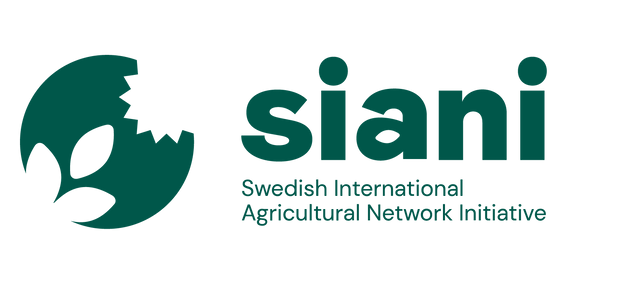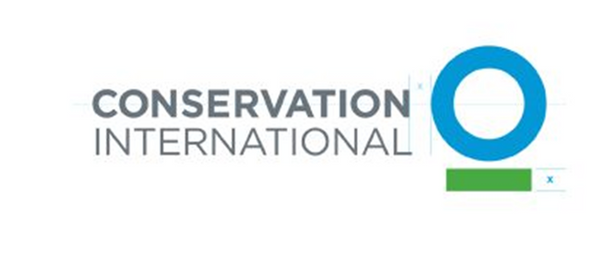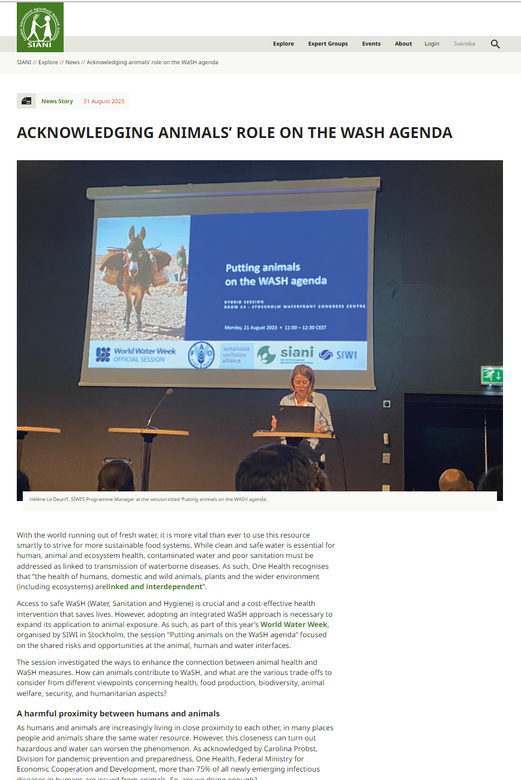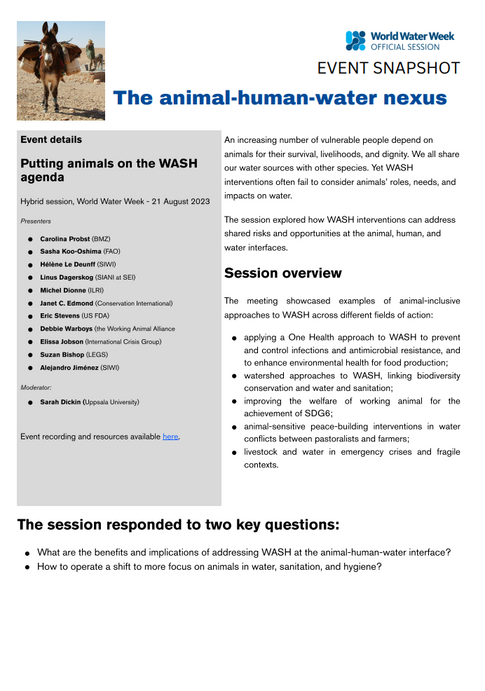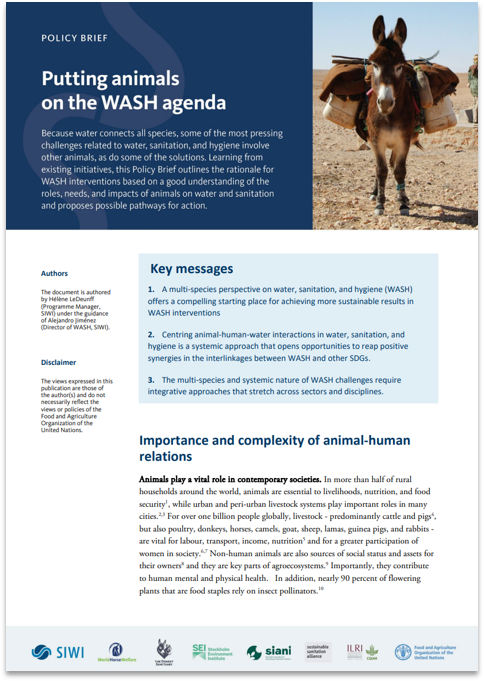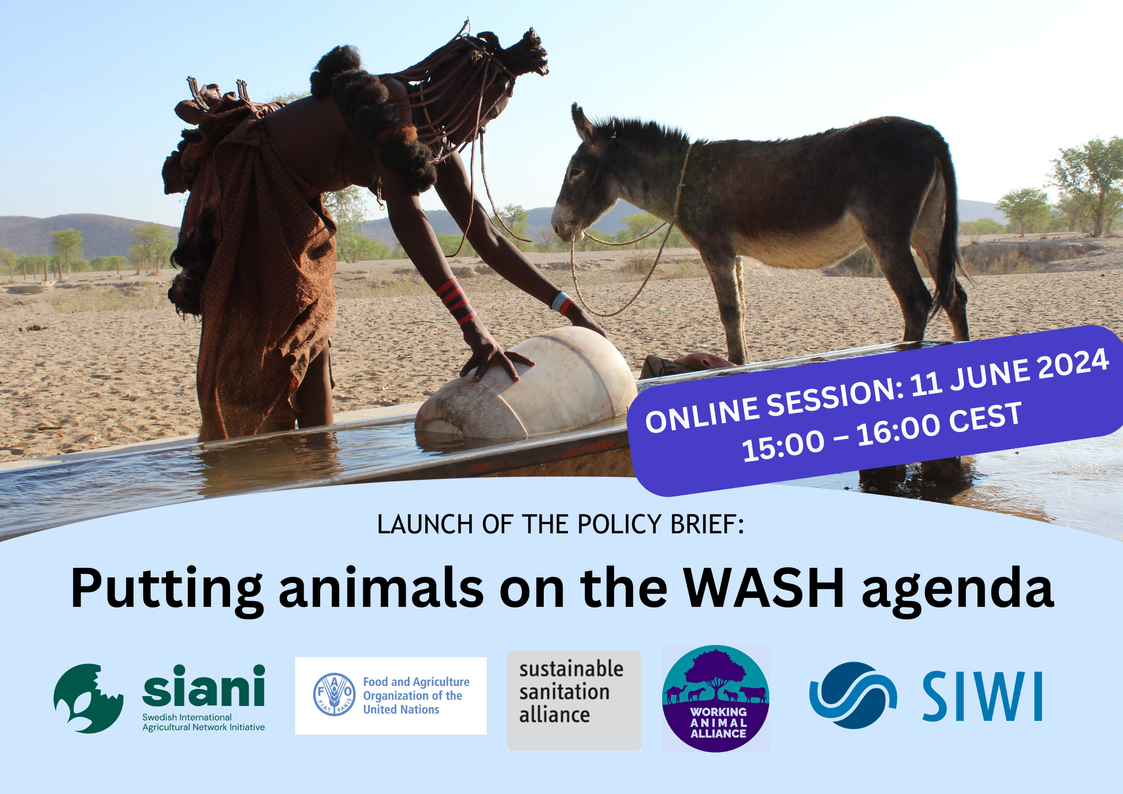WASH
Water
Animals
Sanitation
Hygiene
HYBRID SESSION: 21 AUGUST 2023 • 11:00 – 12:30 CEST
Putting animals on the WASH agenda
An increasing number of vulnerable people depend on animals for their survival, livelihoods, and dignity. We all share our water sources with other species. Yet WASH interventions often fail to consider animals’ roles, needs, and impacts on water.
Join us for an insightful session on how WASH interventions can address shared risks and opportunities at the animal, human, and water interfaces.
Session goals
raise awareness
To bring visibility to animals as a critical component of WASH contexts
learn and share
To offer opportunities for participants to learn and share best practices that widen the scope of questions that can be addressed in WASH interventions
Network
To encourage cross-sectoral cooperation.
Six integrated approaches
to animals and WASH
The session explored new ideas and practices across six thematic areas,
showcasing initiatives that work across domains to build animals into the WASH equation.
Design: PresentationGO.com
Icons: flaticon.com
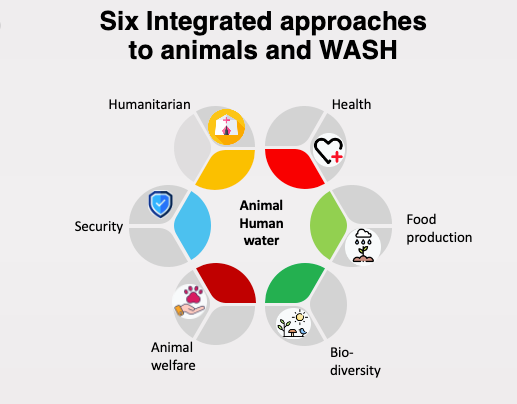
Opening words
Dr Carolina Probst
Federal Ministry for Economic Cooperation and Development (Germany)
and
Sasha Koo-Oshima F
ood and Agricultural Organisation of the United Nations (FAO)
Health
In settings where people and livestock live close, specific sanitation and hygiene measures are needed to prevent and control infections and antimicrobial resistance, and to improve animal health.
In addition, safe and efficient reuse of both human and animal excreta is also important to maintain fertile soils and reduce pollution of ground– and surface water.
See also: Chicken and cows do not use toilets: what can we do about it?
Stockholm Environment Institute (SEI) and SLU facilitated in 2022/23 a network on WASH and One Health, with participants from Burkina Faso, Kenya, and Mozambique. A scoping study focusing on links between WASH and the prevention of zoonoses was carried out by network partners in Burkina Faso and Kenya. Interviews with WASH and zoonoses experts revealed barriers, opportunities and research needs for WASH to be seen as a key tool in zoonoses policies and programs, and conversely, for the prevention of zoonoses to be considered in WASH policies and programs.
One Health linkages
Linus Dagerskog
Swedish International Agricultural Network
Initiative (SIANI)
Stockholm Environmental Institute (SEI)
Health
CLTS and other WASH initiatives have largely ignored management of livestock and domestic animals, which the FAO estimates generate 85% of the world’s faecal waste.
The International Livestock Research Institute pilots Animal inclusive CLTS in Mali. The project is an innovative WASH model which integrates animal waste management strategies tailored to the realities of rural Malian households into Community-Led Total Sanitation (CLTS).

Animal inclusive CLTS in Mali
Dr Michel Dione
International Livestock Research Institute
Food production
Increasing demand for resource-intensive animal protein has resulted in higher point source water pollution from nutrients and antibiotics. This adds to the impact of poorly managed sanitation systems on food safety.
Better understanding of the connections between water quality and food safety is needed to safeguard human health, implement sustainable agriculture and improve environmental outcomes.
Additional resources available here on WGS (FAO and FDA), on anti- microbial resistance, on AMR and the environment, and on AMR and animal health.
Whole Genome Sequencing (WGS) is an innovative tool tested in FAO pilot countries to address water-animal-human health linkages for improving detection in promoting health and the environment.
Whole Genome Sequencing
Sasha Koo-Oshima
Food and Agricultural Organisation of the United Nations (FAO)
and
Dr Eric Steven
US Food and Drug Administration (FDA)
Biodiversity
Healthy natural infrastructure requires maintaining ecosystems and ensuring environmental flows, biodiversity and associated services (including WASH) are available in the watersheds for future generations of people, animals and plants.
WASH in watersheds
Janet C. Edmond
Conservation International
Animal welfare
Where entire communities are reliant on working animals for their subsistence and transportation of water supply, a healthy and well-protected animal workforce is a significant tool to effectively face the consequences of financial, social and environmental challenges.
The Working Animal Alliance is engaged with populations for whom equine welfare is intrinsically linked to ensuring access to water for both humans and livestock. The cases of families and livestock in the Sahel area in Senegal, and people and animals in Nepal, Honduras and Cambodia show how working equines are essential on a global scale.
Working animals and water security
Debbie Warboys
World Horse Welfare
The Working Animals Alliance
Security
Animals are increasingly caught in human disputes over water access.
Climate change and encroachment on animal habitats generate human-wildlife conflicts, while violence increases between nomadic herders and sedentary farmers competing for diminishing water and grazing land. Violence has intensified with governance failure to deal with resource shortages, insecurity, and social and environmental injustices.
Climate shocks such as droughts and floods can magnify local tensions and fuel conflict, particularly harming those who earn an income through agriculture and pastoralism.
The International Crisis Group explores the challenges posed by farmer-herder conflicts in sub-Saharan Africa and suggests ways to reduce the possibility of violence.
Farmer-herder conflicts
Elissa Jobson
International Crisis Group
Humanitarian,
development
and peace
Livestock Emergency Guidelines and Standards include Provision of Water as one of its six technical interventions and include information on the importance of water as a livestock emergency response, alongside technical options for water provision.
Livestock plays a central role in the resilience of livestock-dependent communities.
Strengthening the capacity of people and their livestock to tackle water shocks, slow-onset crises and complex and chronic water emergencies establishes strong links between short-term humanitarian interventions and long-term development goals. It also contributes to building peace.
Livestock, water,
and humanitarian response
Susan Bishop
Livestock Emergency
Guidelines and Standards
Schedule
Welcome
Session framing
WASH and One Health
CLTS and animals
Whole Genome Sequencing
WASH in watersheds
Animal welfare and WASH
Farmer-herder conflicts
Livestock, water, and humanitarian response
Q & A
Final remarks
Speakers
Dr. Carolina Probst
Division for pandemic prevention and preparedness, One Health
Sasha Koo-Oshima
Deputy Division Director - Lead on One Water One Health
helene le deunff
Programme Manager
Linus dagerskog
Research fellow
Michel dione
Senior Scientist – Animal Health
Animal and Human Health Program
janet c. edmonD
Senior Director
Eric Stevens
CFSAN Codex Program Coordinator
Debbie warboys
Public Affairs Officer – EU and International
elissa jobson
Chief of Advocacy
suzan bishop
Technical and Project Manager
Alejandro jimenez
Director, Water and Sanitation
Moderator
Sarah Dickin
Lecturer
International Centre of Education for Sustainable Development
